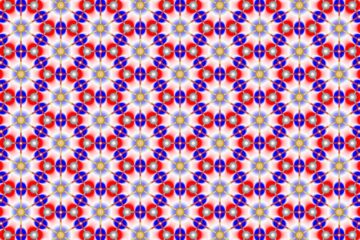Latest News

New NIST Nano-Ruler Sets Some Very Small Marks
Designed to be the most accurate commercially available “meter stick” for the nano world, the new measuring tool—a calibration standard for X-ray…

Diamonds May Be the Ultimate MRI Probe
The team’s work has the long-term goal of developing quantum computers, but it has borne fruit that may have more immediate application in medical science….

New Beryllium Reference Material for Occupational Safety Monitoring
Beryllium, an exotic rare-earth metal used as a hardener in high-performance alloys and ceramics, can cause berylliosis—a chronic, incurable and sometimes…

October IT Security Automation Conference to Highlight Healthcare IT, Cloud Computing
This year’s expanded conference includes several new conference tracks on the use of security automation in support of healthcare IT/Health Information…

Workshop Aims to Establish Standards for Voting Machine Data
The Common Data Format Workshop, to be held Oct. 29 and 30 at NIST’s campus in Gaithersburg, Md., will bring together election officials, auditors,…

New multi-use device can shed light on oxygen intake
The self-referencing optrode, developed in the lab of Marshall Porterfield, an associate professor of agricultural and biological engineering, is non-invasive,…











